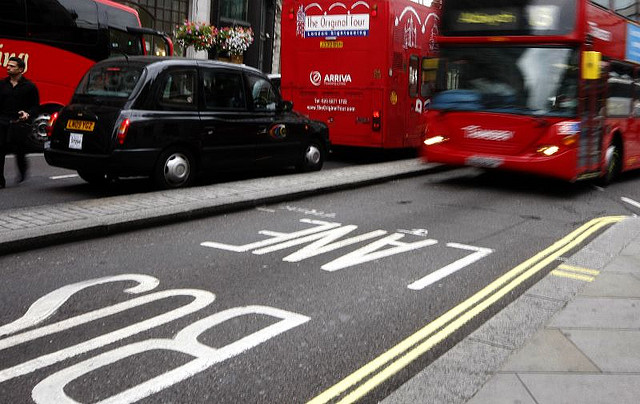Best Modes of Transport for Sightseeing in Europe
Not only does Europe have an endless number of fantastic sights to see, it also has a wide range of available transportation options for visiting them all. Whether it’s castles in Germany, cathedrals in Italy, or art museums in France, you won’t have a problem getting where you need to be in Europe.
Let’s take a look at some of the best modes of transport for sightseeing across the continent:
 Buses
Buses
Buses are a great way to see the sights no matter where you are in Europe. City buses are perfect for local sightseeing as it makes getting around extremely affordable and offers a reasonable amount of flexibility too. Get on and off wherever your tourist map takes you for the ultimate adventure.
Long distance buses will take you between cities if your desired stops are spread farther apart. These will take you to places that the trains cannot but pay attention to the schedules so you don’t get left behind.
Many cities offer sightseeing bus tours as well. These are privately owned and are usually the recognizable double-decker style and are ideal for seeing the sights while relaxing at the same time.
Rental Cars
Renting a car in Europe is another practical way to tour the continent but it comes at a higher cost than typical public transportation. The upside to this is the flexibility you are allowed since you are the one in control.
In addition, you can go and stop as you please and even take your luggage safely along with you. With the privilege of having a rental car, you can pick up your Prague opera tickets and head to the theater or put on your best dress and head to a flamenco show in Spain – the options are endless and the decision is ultimately yours.
Rail Systems
Most of the larger European cities make excellent use of a local subway/metro rail system. Riding these is both fairly inexpensive and reliable. They typically make many stops all over the city and there’s almost always a stop near popular monuments and attractions. Make sure you understand the map before boarding or you may end up at the Louvre instead of the Eiffel Tower, which isn’t really a terrible thing but it may cost you time.
Meanwhile, point-to-point train travel is an excellent way to travel between cities and sometimes countries, depending on where your sightseeing takes you. Europe has an extensive network of trains that are comfortable, affordable, and what’s very attractive is that they let someone else do the navigating.
Bicycles
In cities like Amsterdam, cycling is a must and accounts for 60% of all travel in the inner city. Experience the city like a local and rent a bicycle for the day – it’s inexpensive and offers the greatest flexibility of all transport modes. You can get virtually anywhere around town on a bicycle and won’t have to deal with the hassle of driving and parking on unfamiliar roads in foreign cities.
Boats
Traveling by boat is mandatory in some European cities, while in others it is just a convenient way to see the sights. Venice, for instance, lacks conventional roads and all forms of motorized transportation. So, take a gondola ride through the canals for the best views or get from point A to point B on a water taxi.
Ferries are a convenient way to island hop in Greece or get around in Croatia. The Norwegian Fjords are best seen from a boat and a Rhine river cruise is a fabulous way to see the many castles of Germany. Sometimes romantic and sometimes just necessary, boat travel is still one of the best modes of transport in Europe.
Wherever you are going in Europe, know that there is an easy way to get there. Whether you prefer to be in control, want to relax, prioritize affordability, or just want to try something new, there are plenty of options available to you for your sightseeing.
——————————————————————————————————————————–














 Hi! I'm Lash, an American nomadic world traveler who's been traveling solo since 1998. I’m passionate about traveling the world nomadically and then sharing it all with you. I hope to inspire you to travel the world, to entertain you with tales from the road, and to help you reach your travel dreams. Welcome!
Hi! I'm Lash, an American nomadic world traveler who's been traveling solo since 1998. I’m passionate about traveling the world nomadically and then sharing it all with you. I hope to inspire you to travel the world, to entertain you with tales from the road, and to help you reach your travel dreams. Welcome! 



